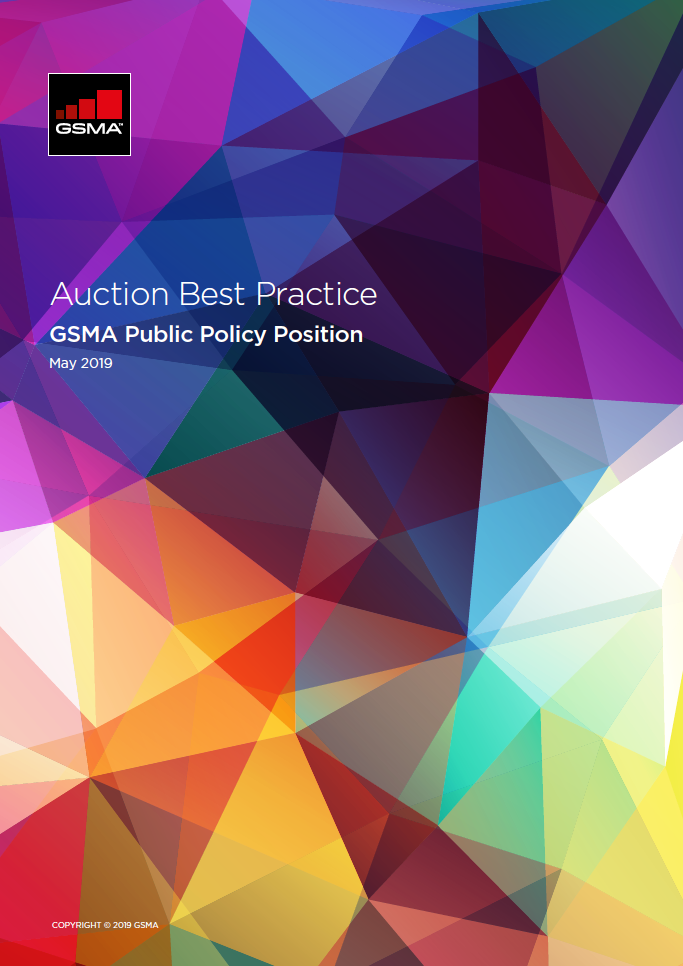To help governments and regulators guarantee affordable, high-quality mobile connectivity from spectrum auctions the GSMA has published a set of ten ‘Auction Best Practice’ positions.
This includes addressing a trend towards governments making decisions that artificially inflate spectrum prices, which risk limiting subsequent network investment and thus harming consumers. These bad decisions include artificially restricting the amount of spectrum operators can access, through set-asides, poorly chosen lot sizes, or high reserve prices.
Getting spectrum auctions for right comes with big socio-economic benefits, irrespective of the network technology. Expectations for 5G total $2.2 trillion over the next 15 years. Sectors such as manufacturing, utilities and professional/financial services are among the biggest beneficiaries. By 2025, 5G is also forecast to account for around 30 per cent of connections in markets such as China and Europe, and around half of the total in the US, according to GSMA Intelligence.
The ten positions are:
- The top priority for spectrum auctions should be to support affordable, high-quality mobile services;
- Auctions are a tried and tested award mechanism but can and do fail when poorly designed;
- Auctions should not be the only award process as they are not always suitable;
- Auctions designed to maximise state revenues risk serious harm to consumers;
- Assign a sufficiently large amount of spectrum and publish roadmaps to support high-quality mobile services;
- Spectrum caps and set-asides distort the level playing field;
- Licence obligations and conditions should be designed to minimise the cost of covering non-profitable areas, and avoid distorting the award of spectrum;
- The chosen auction design should not create additional risk and uncertainty for bidders;
- Poorly chosen lot sizes or inflexible packages of spectrum lots risk inefficient outcomes;
- Policymakers should work in partnership with stakeholders to enable timely, fair and effective awards.


